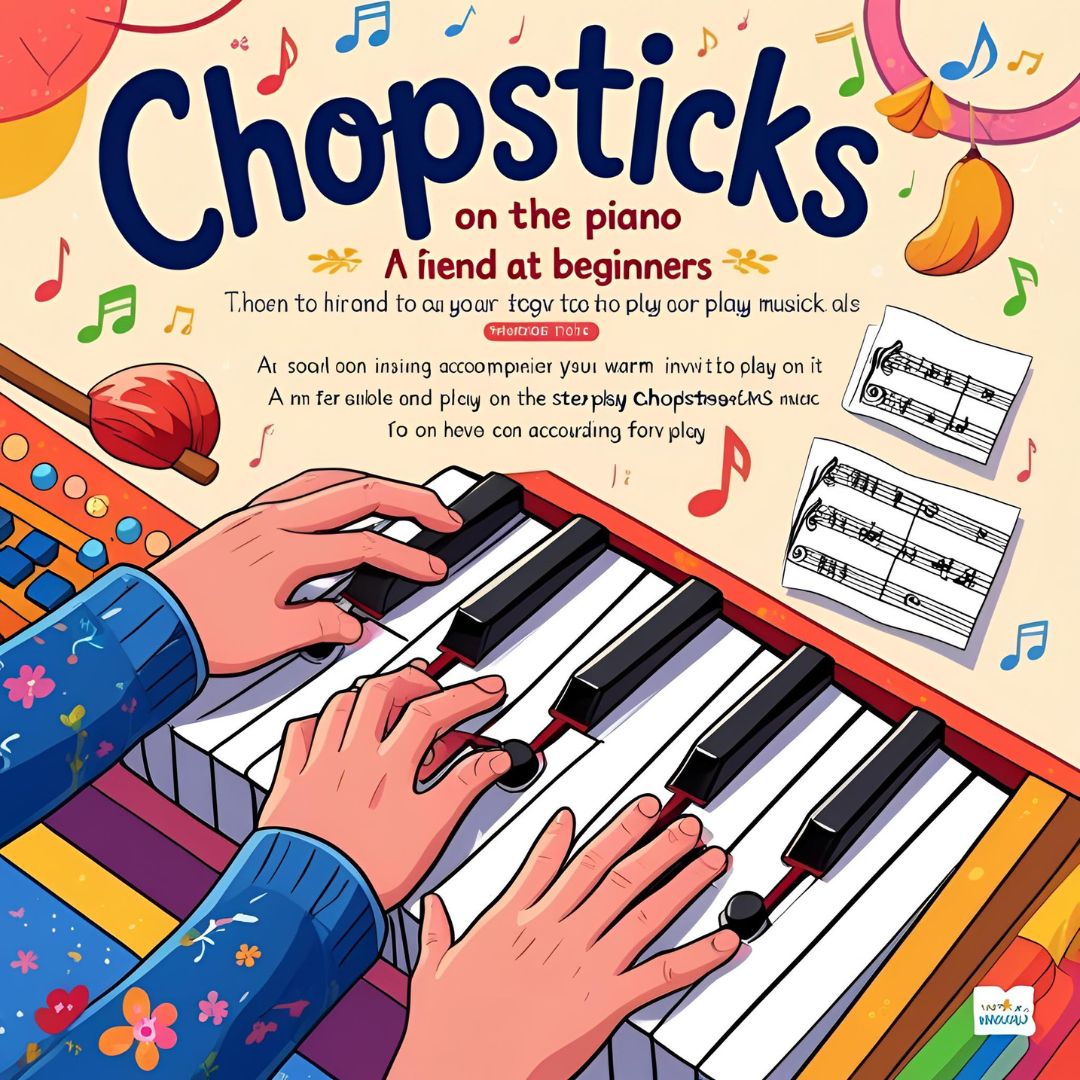If you’ve ever sat at a piano and wanted to impress someone quickly—without years of training—the classic tune “Chopsticks” is the perfect piece to learn. Its playful, rhythmic melody is instantly recognizable and surprisingly easy to pick up, making it a great starting point for beginners of all ages.
In this post, we’ll walk you through the basics of how to play “Chopsticks,” even if you’ve never touched a piano before.
🎹 What Is the “Chopsticks” Song?
“Chopsticks” is a simple piano duet, originally composed in 1877 by Euphemia Allen under the pen name Arthur de Lulli. Despite its name, it has nothing to do with eating utensils—the nickname likely comes from the piece’s “choppy” or staccato playing style, often performed using only the index fingers.
🧑🏫 What You’ll Need
-
A piano or keyboard (any size will do)
-
Two fingers: your left and right index fingers
-
A basic understanding of piano keys (optional but helpful)
🎵 How to Play Chopsticks (Solo Version)
Here's a simple way to play a solo version using just your two index fingers.
Step 1: Find Middle C
Locate Middle C on the piano—it’s typically the white key just to the left of the group of two black keys near the center of your keyboard.
Step 2: Play the Opening Notes
Start by playing the following pattern alternating hands:
-
Right hand: Play G (the white key to the right of F)
-
Left hand: Play E (the white key to the right of D)
-
Repeat: G – E – G – E – G – E
This bouncy, alternating rhythm forms the heart of the melody.
Step 3: Move Up and Down
Gradually shift your fingers outward (right hand moves up, left hand moves down) as you continue the alternating pattern:
-
G & E
-
A & D
-
B & C
-
C & B
-
D & A
-
E & G
Then reverse the pattern back to where you started. It’s a “mirrored” movement that’s fun and satisfying once you get into the rhythm.
👯 How to Play Chopsticks as a Duet
The original version of Chopsticks is a duet—two people playing together.
-
The first player (usually a beginner) uses both index fingers to tap out the main melody, using mostly white keys and alternating hands.
-
The second player provides a harmony line or a bass part, usually playing chords or simple arpeggios in the left hand.
This can be a great bonding activity between a student and a teacher, parent and child, or two friends just having fun.
💡 Tips for Beginners
-
Take it slow: Speed comes with time. Focus on accuracy first.
-
Use a metronome: Helps keep your rhythm even.
-
Watch your hands: Since you're alternating fingers, keeping an eye on where you're going helps avoid mistakes.
-
Have fun with it! Don’t worry about perfection—“Chopsticks” is about joy and play.
🎬 Want to Go Beyond?
Once you’ve mastered the basics, try these fun variations:
-
Add harmonies or chords with a friend.
-
Try the “Chopsticks Waltz,” a more advanced version.
-
Play it using other fingers to challenge yourself.
-
Compose your own “Chopsticks Remix.”
Final Thoughts
Learning how to play “Chopsticks” is a rite of passage for many piano players. It’s simple, accessible, and joyful—exactly what beginner piano playing should be. Whether you're teaching kids or just exploring piano as a new hobby, this tune is a fun way to get started.
So go ahead—pull up a bench and tap out the tune. With just two fingers, you’ll be playing music in no time!

